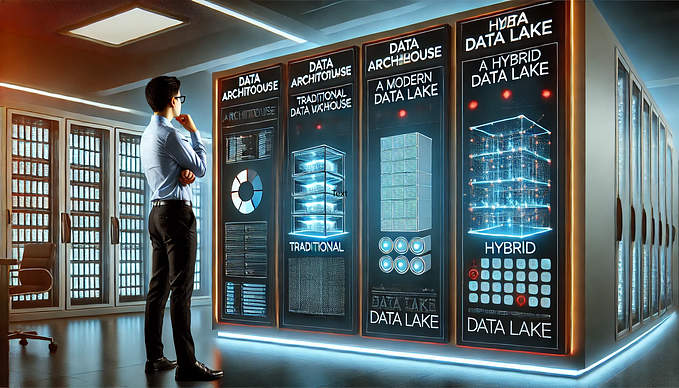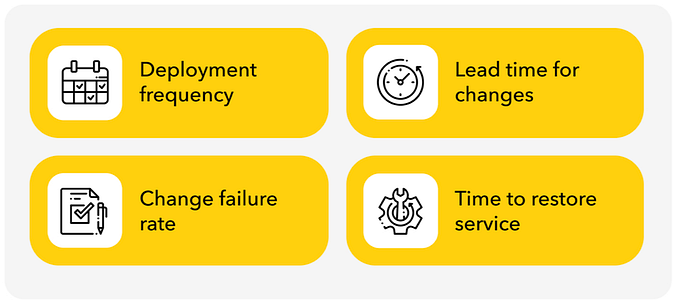The pros and cons of Infinite Scroll vs. Pagination: Which one to choose?

When designing user interfaces for websites or applications, one crucial decision UX designers face is how to present long lists of content in an engaging and efficient manner. Two popular methods often used are “Infinite Scroll” and “Pagination.” Each approach has unique advantages and disadvantages, catering to different user experience goals. In this article, we will delve into the characteristics of both techniques and explore when to implement them effectively.
Understanding Infinite Scroll
Infinite Scroll, also known as endless scrolling or infinite loading, is a dynamic design pattern where new content is automatically loaded as the user scrolls down the page. This means that instead of dividing the content into separate pages, all items appear continuously within a single scrollable area. A classic example of Infinite Scroll is Facebook’s News Feed or Twitter’s timeline, where users can keep scrolling to access a seemingly endless stream of updates.
Advantages of Infinite Scroll
- Seamless User Experience: Infinite Scroll creates a seamless browsing experience, allowing users to continuously scroll through content without the need to click or load new pages. This frictionless interaction keeps users engaged and immersed in the content.
- Quick Content Access: With Infinite Scroll, the latest content is always available at the top, making it effortless for users to access the most recent updates without navigating through multiple pages.
- Enhanced Engagement: The infinite stream of content entices users to keep scrolling, increasing their time on the site and potentially improving overall user engagement.
Drawbacks of Infinite Scroll
- Performance Concerns: Loading a large number of items at once can lead to slower page load times, especially on slower internet connections or less powerful devices. Optimizing performance is crucial to maintaining a positive user experience.
- Content Discovery Challenges: As users focus on the latest content, older items may become buried, making it challenging for users to find specific older content.
- Footer Accessibility: Traditional footers may be difficult to access due to the never-ending scroll. In such cases, it’s advisable to include a fixed or sticky navigation bar to ensure access to footer links.
- Negative Effects on SEO Performance: Infinite scrolling can hurt your website’s SEO performance. Search engines might struggle to access content beyond the initial section, and it can slow down your page speed. Consider the SEO implications before implementing infinite scrolling.

Understanding Pagination
Pagination, on the other hand, involves dividing content into discrete pages, with users navigating between them using navigation links or buttons. Each page displays a set number of items, and users must click on the navigation links to access subsequent pages. A familiar example of Pagination is Google’s search results, where users can access different pages of search results by clicking on numbered page links.
Advantages of Pagination
- Controlled Browsing: Pagination provides users with clear navigation to specific pages, making it easier for them to find older content or jump to a particular section of interest.
- Predictability: Users can estimate the amount of content they need to go through, which can be beneficial for scenarios like search results or lengthy articles.
- Improved Performance: By loading a limited number of items per page, Pagination can improve page load times and reduce the server load, resulting in a more optimized user experience.
Drawbacks of Pagination
- User Flow Disruption: Users need to click to access the next page, which may disrupt their reading or browsing experience, especially when dealing with a high number of pages.
- Increased Interaction: Requiring users to interact with pagination links adds an extra step in their content discovery process, which may not be as smooth as Infinite Scroll.
Choosing Between Infinite Scroll and Pagination
The decision between Infinite Scroll and Pagination largely depends on the nature of the content and the specific user experience goals:
- Infinite Scroll is well-suited for visually oriented websites, such as social media platforms, image galleries, or news feeds, where users seek the latest content and appreciate a continuous browsing experience.
- Pagination, on the other hand, works best for content that users may want to reference or when maintaining a sense of control over the content is essential, such as search results or long articles.
Conclusion
In conclusion, both Infinite Scroll and Pagination are valuable techniques for presenting long lists of content. The choice between the two should be based on your website’s or application’s context, content type, and user behavior. By understanding the advantages and drawbacks of each method, you can make an informed decision that aligns with your user experience objectives, ensuring your users enjoy a seamless and engaging browsing experience.
External Link: Best Practices for Implementing Infinite Scroll
External Link: Infinite Scrolling: When to Use It, When to Avoid It










